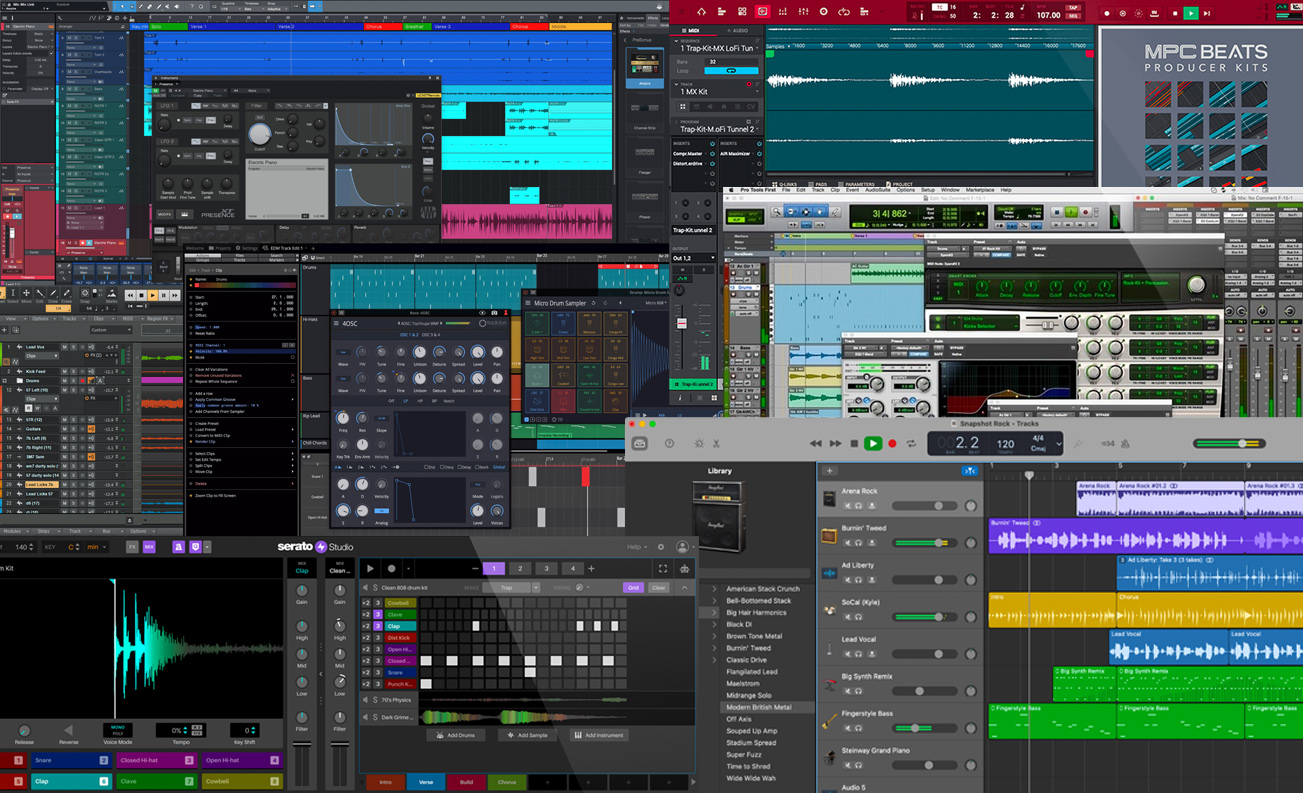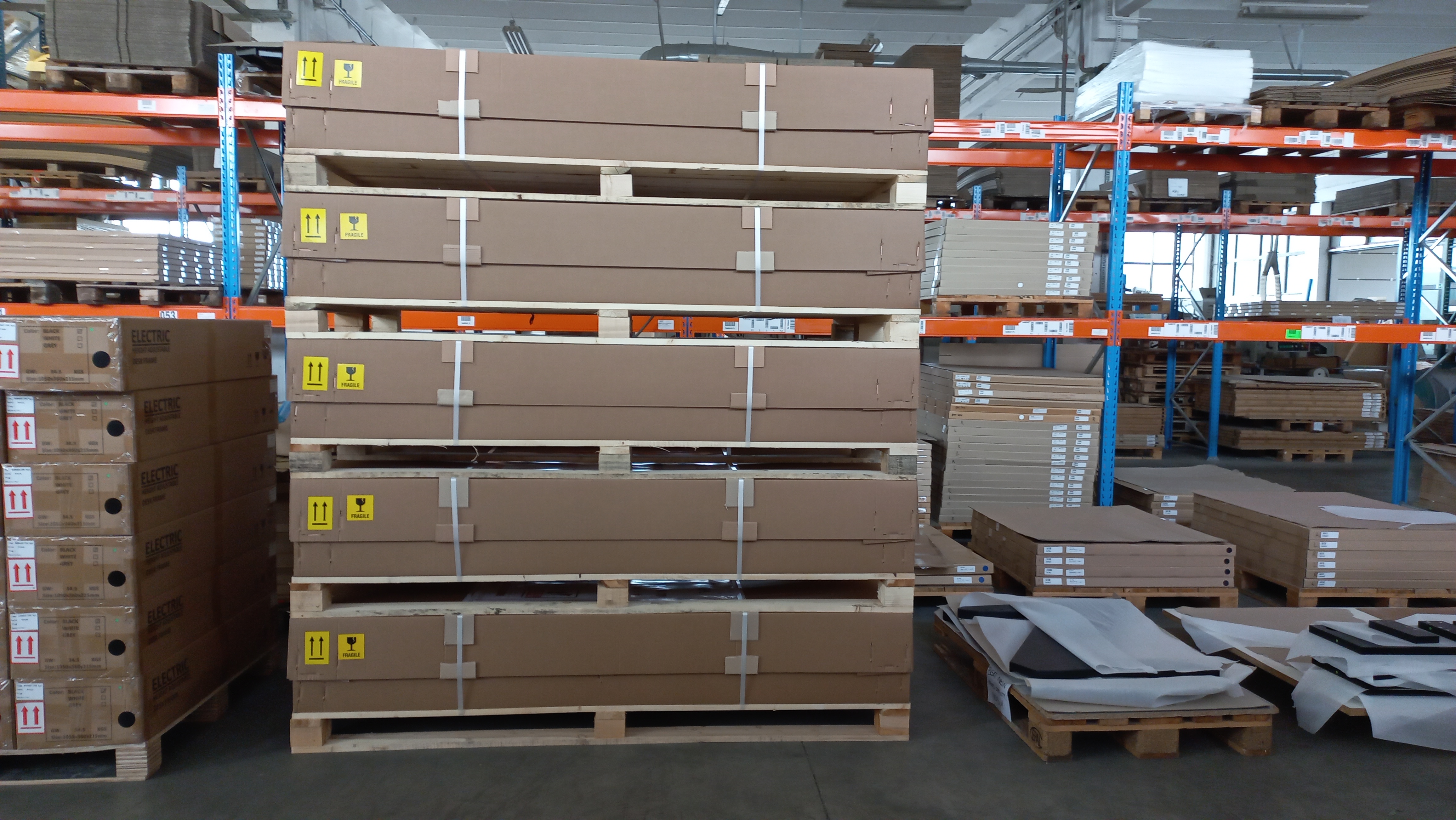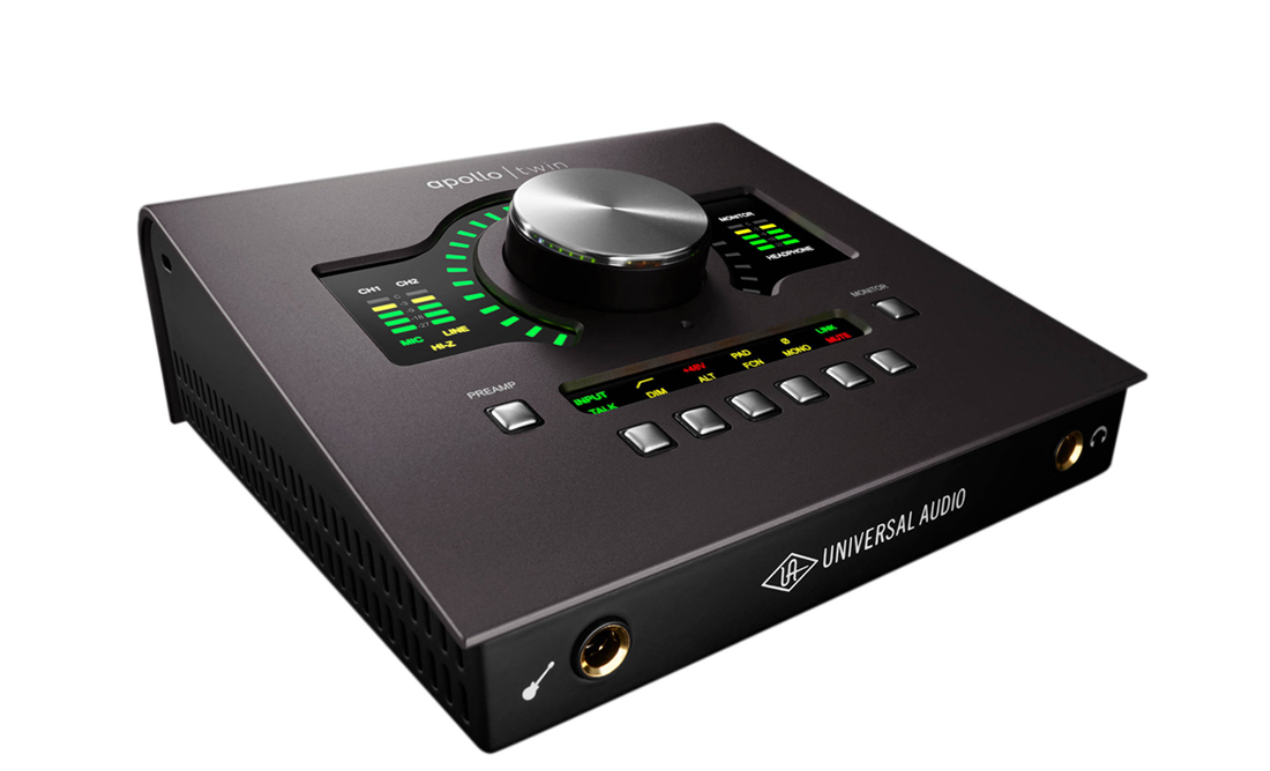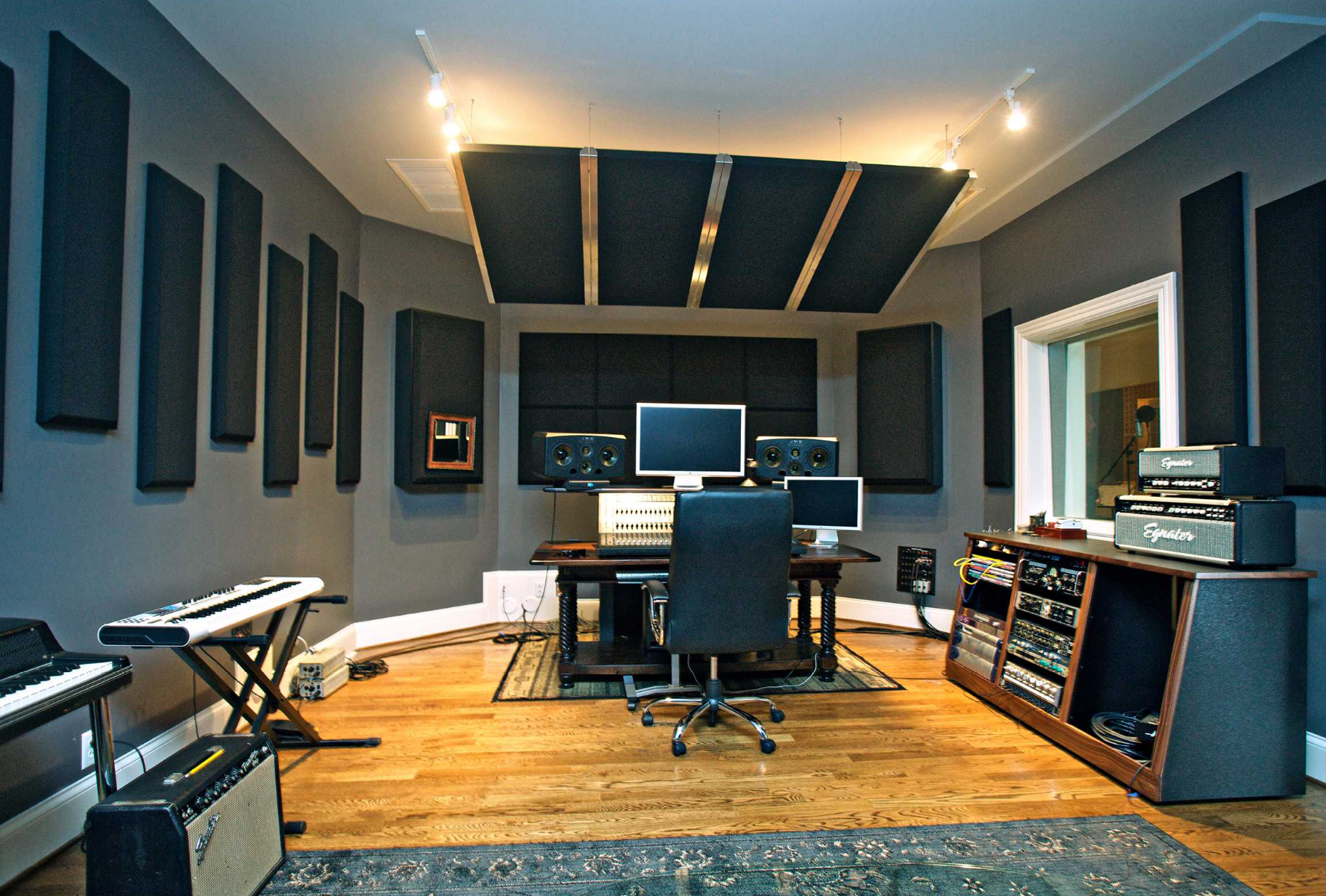In the world of music production, your choice of a Digital Audio Workstation (DAW) can significantly impact your creative process and the quality of your final tracks. With numerous options available, it can be challenging to determine which DAW is the best fit for your studio. In this guide, we’ll explore some of the most popular DAWs, their pros and cons, and help you make an informed decision.
The Contenders: Top 6 in the DAW Market
- Ableton Live:
- Pros: Known for its real-time performance capabilities, Ableton Live is favored by electronic music producers. It offers an intuitive session view for live performances, a wide range of virtual instruments, and excellent MIDI capabilities.
- Cons: Some users find its arrangement view less intuitive for traditional linear composition.
- Logic Pro X:
- Pros: Logic Pro X is a professional-grade DAW with a vast library of virtual instruments, powerful audio editing tools, and seamless integration with Apple hardware.
- Cons: It’s only available on macOS, limiting its accessibility to Windows users.
- Pro Tools:
- Pros: Pro Tools is an industry standard for recording and audio engineering. It excels in high-quality audio processing, extensive plugin support, and collaboration tools.
- Cons: It can be costly, and some users may find it less intuitive for MIDI-based music production.
- FL Studio:
- Pros: FL Studio is beginner-friendly with an easy-to-use interface and a step sequencer that’s perfect for beat-making. It’s great for electronic and hip-hop music production.
- Cons: Some professionals may find its workflow less suited for complex arrangements.
- Cubase:
- Pros: Cubase is known for its MIDI capabilities, virtual instrument library, and scoring features. It’s versatile and widely used in various genres.
- Cons: The interface may feel cluttered to some users.
- Studio One:
- Pros: Studio One boasts a streamlined workflow and is suitable for both beginners and experienced producers. It offers a wide range of virtual instruments and effects.
- Cons: Its user base is smaller compared to some other DAWs, which can affect available tutorials and third-party resources.
Finding Your Perfect Match
When deciding which DAW is right for your studio, consider the following factors:
- Genre: Different DAWs are better suited for specific music genres. Ableton Live and FL Studio excel in electronic music, while Pro Tools is ideal for recording and audio engineering.
- Workflow: Your preferred workflow matters. Some DAWs, like Logic Pro X and Cubase, are known for their MIDI capabilities, while others, like Ableton Live, prioritize real-time performance.
- Budget: DAWs vary in price, from free or low-cost options like GarageBand and Cakewalk to premium offerings like Pro Tools and Logic Pro X. Consider your budget when making your choice.
- Operating System: Ensure that the DAW you select is compatible with your computer’s operating system. Logic Pro X, for instance, is exclusive to macOS.
- Features: Evaluate the specific features you need, such as virtual instruments, audio effects, or third-party plugin support.
- Trial Period: Many DAWs offer free trials. Take advantage of these to get a feel for the software before making a commitment.
Conclusion
Choosing the right DAW for your studio is a crucial decision that will shape your music production journey. Consider your genre, workflow preferences, budget, and the operating system you use. Try out different DAWs to see which one aligns best with your creative process. Remember that there’s no one-size-fits-all answer, and the best DAW is the one that empowers you to create music efficiently and creatively in your unique style.
With these considerations in mind, you’re well on your way to finding the perfect DAW to elevate your music production game. Whether you’re a seasoned pro or just starting your musical journey, the right DAW will be your trusted companion in the studio. Happy producing!





